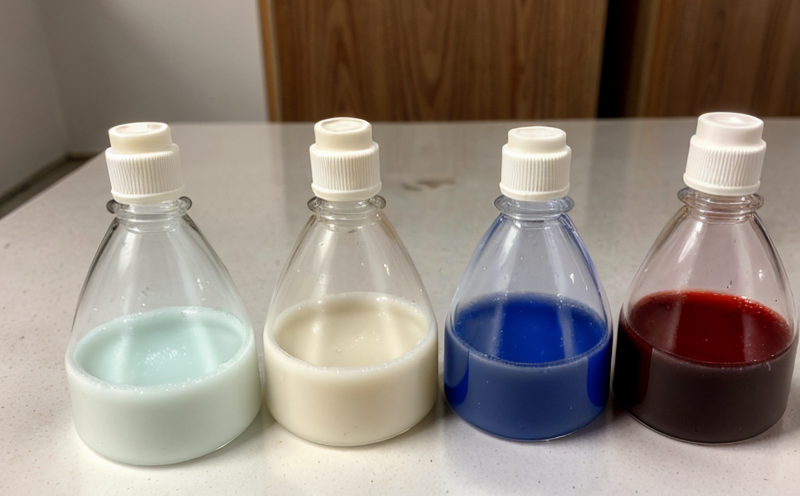ISO 22662 Monomer Residue Testing in Polymeric Materials
The ISO 22662 standard provides a comprehensive framework for assessing monomer residues within polymeric materials, ensuring that products meet stringent safety and quality standards. This service is crucial for industries where the presence of monomers or oligomers can pose health risks to consumers, particularly in sectors like healthcare, electronics, and consumer goods.
The process involves detailed sample preparation, extraction techniques, and chromatographic analysis to quantify monomer residues. Compliance with this standard helps manufacturers avoid potential recalls, legal issues, and reputational damage. The test results are essential for regulatory compliance, ensuring that products are safe for end-users.
Our laboratory follows the latest ISO 22662 guidelines meticulously, utilizing advanced analytical instrumentation such as Gas Chromatography-Mass Spectrometry (GC-MS) to achieve precise and reliable monomer residue measurements. This service not only ensures regulatory compliance but also enhances product quality and safety.
The test involves several critical steps: sample collection, extraction of monomers using appropriate solvents, and analysis via GC-MS or similar techniques. The acceptance criteria are based on the maximum permissible levels set by ISO 22662, which vary depending on the type of polymer and its intended use.
Our team has extensive experience in this area, providing accurate and reliable results that meet international standards. We also offer consultation services to help clients understand how monomer residues affect their products and provide guidance on best practices for minimizing these residues during production.
Industry Applications
The ISO 22662 standard finds application across various industries, particularly those dealing with polymeric materials. Here are some key sectors where this testing is essential:
- Healthcare: Ensuring medical devices and implants do not contain harmful monomers.
- Electronics: Preventing the migration of monomers from electronic components into consumer products.
- Consumer Goods: Guaranteeing that toys, furniture, and other household items are free from hazardous substances.
| Industry | Key Concerns |
|---|---|
| Healthcare | Reduction of patient exposure to toxic monomers |
| Electronics | Avoidance of adverse chemical reactions |
| Consumer Goods | Protection against child safety hazards |
Customer Impact and Satisfaction
The ISO 22662 testing service has a significant impact on our customers, enhancing their product quality and compliance with global standards. Here’s how:
Enhanced safety: By detecting and quantifying monomer residues early in the production process, we help ensure that products are safe for end-users.
Avoidance of recalls: Ensuring compliance with ISO 22662 helps prevent product recalls and associated costs.
Regulatory compliance: Our detailed reports meet regulatory requirements in multiple countries, reducing the risk of non-compliance penalties.
Better reputation: Customers can build trust by offering products that are free from harmful substances.
We regularly receive positive feedback from our clients, who appreciate our thorough approach and accurate results. By partnering with us, customers gain peace of mind knowing their products meet the highest quality standards.
Competitive Advantage and Market Impact
Maintains a strong market position by ensuring product safety and compliance.
Aids in differentiation from competitors who do not adhere to international standards.
Facilitates access to new markets with stringent regulatory requirements.
The ISO 22662 testing service is a valuable asset for companies operating globally. By ensuring that their products comply with this standard, businesses can open doors to international markets and maintain a competitive edge in the industry.
Our clients often cite improved product quality and enhanced customer satisfaction as key benefits of our services. Additionally, compliance with ISO 22662 is increasingly becoming a prerequisite for market entry in many countries, giving companies that adhere to this standard a significant advantage over their competitors.





